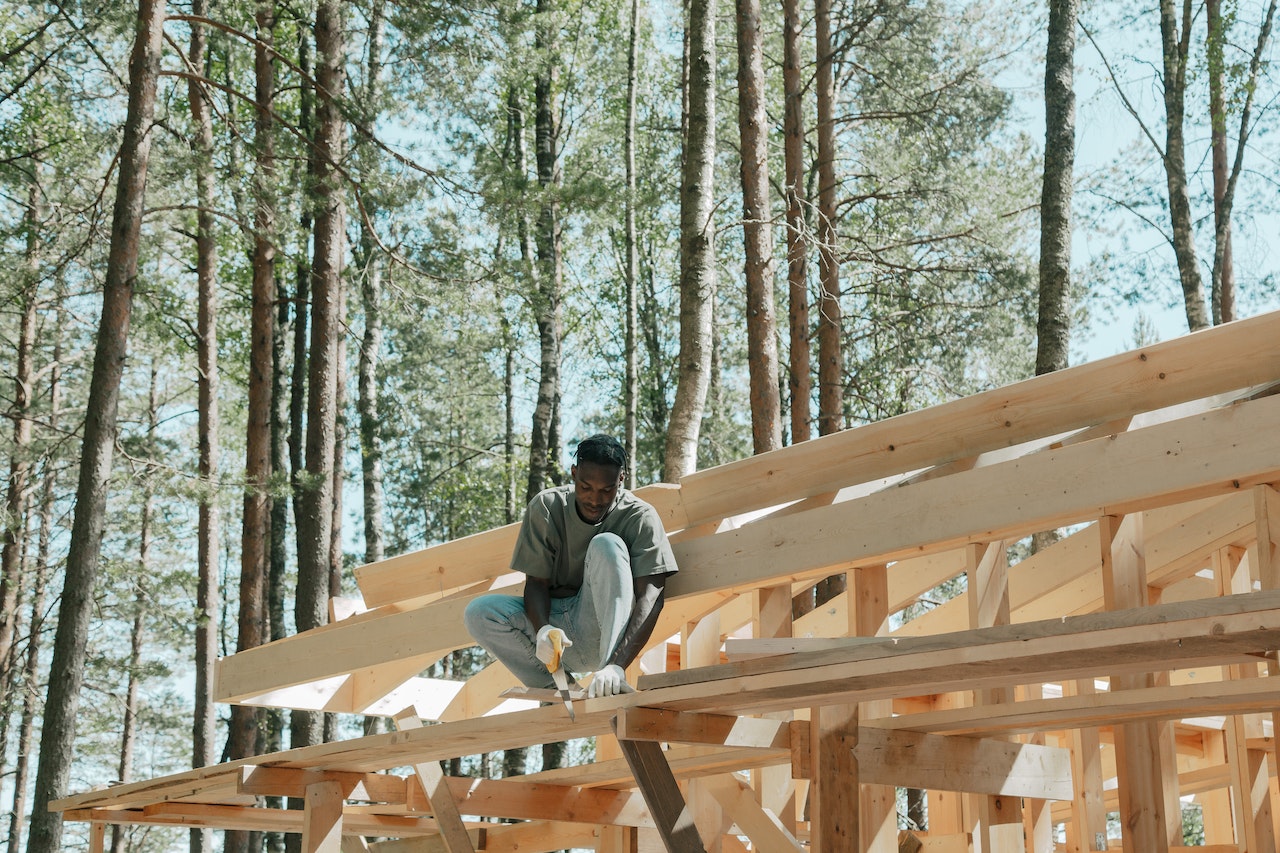Surety Bond Professionals is a family owned and operated bonding agency with over 30 years of experience. With access to a broad range of surety markets, our expert agents are ready to assist with all of your construction bond needs.
What Is Off-site Prefabrication Construction?
The National Institute of Building Sciences’ Off-Site Construction Council defines off-site prefabrication construction as “the planning, design, fabrication, and assembly of building elements at a location other than their final installed location to support the rapid and efficient construction of a permanent structure.” More simply stated, prefabrication is the process of creating various parts of a building in a factory before assembling them on the structure’s actual site. Those parts could be precast concrete components, roof trusses, or other assemblies. They could also be entire units or modules that fit together like building blocks and are assembled upon arrival at the jobsite and connected to utilities. Many people use the terms “prefabrication” and “modular construction” interchangeably.
How Large is the North American Off-site Prefabrication Market?
In 2021, the North American off-site construction market was valued at $49,460.1 million. It is projected to increase by 4.9% by 2031, reaching $80,851.3 million.
What Is Driving the Growth of the Off-Site Prefabrication Market?
Off-site prefabrication has been around since the 1970s but was still relatively uncommon until relatively recently. The greatest impetus for the sharp increase in off-site prefabrication was the global COVID-19 pandemic. The associated supply chain disruptions and shortage of skilled labor were key drivers of the increase in off-site prefabrication, which continues as projected. Additionally, the rapid construction of two hospitals in China—to meet the exploding need for hospital beds—was largely the result of using prefabricated building components and entire structural modules.
Benefits of Off-Site Prefabrication
A 2019 survey by Dodge Data & Analytics identified cost and time savings, waste reductions, and improvements in quality, safety, productivity, and client satisfaction as key benefits of using a construction approach involving off-site prefabrication methods. It’s commonly estimated that using off-site prefabrication shaves 20% to 50% off the time needed to complete a building project.
Here are some of the reasons behind those benefits:
- Prefabricated components and modules aren’t exposed to weather until they reach the building site.
- The costs of construction in a factory are easier to predict and control.
- Fewer skilled workers are required on site and for a shorter period of time.
- Factory processes are repeatable, some of them automated, resulting in less variation and higher product quality.
- The risk of on-site accidents is lower in a factory environment than on a construction site.
- Fewer packing materials and shipping containers on the construction site means there is less waste to dispose of.
- Fewer materials are stored on-site, where they can be damaged by exposure to the elements.
Certain challenges must be surmounted if these benefits are to be achieved. For example, the design decisions needed to accommodate off-site prefabrication must be made very early in the design process. Additionally, experience with off-site prefabrication can be more important than price in determining the outcome of a project. The logistics of moving prefabricated components and modules to the job site involve some risks, such as damage that occurs in transit or while sitting on the job site waiting to be assembled, which can eat into the anticipated time and cost savings.
Barriers to Off-Site Prefabrication and Modular Construction
There are also a few barriers to the use of off-site prefabrication and modular construction techniques. The Dodge survey found that the greatest barrier is the project owner’s lack of interest in off-site construction. Other barriers include the lack of available modular component manufacturers, a shortage of workers trained to assemble prefabricated or modular components on the building site, and projects being viewed as unsuitable for modular construction.
Construction Bonds for Projects Involving Off-Site Prefabrication
Since 1933, surety bonds have been required for most publicly funded projects. And now, private project owners are increasingly requiring performance and payment bonds on projects involving off-site prefabricated components or modules. Their aim is to protect themselves against the nonperformance or default of contractors.
Surety bond underwriters will look at the same factors as they would for projects carried out entirely onsite. Additionally, they will consider the qualifications of the off-site manufacturers and may even require the contractor to obtain a performance bond from each manufacturer.
Get A Quote
Our surety bond professionals will get you the construction bonds you need at a competitive rate.





